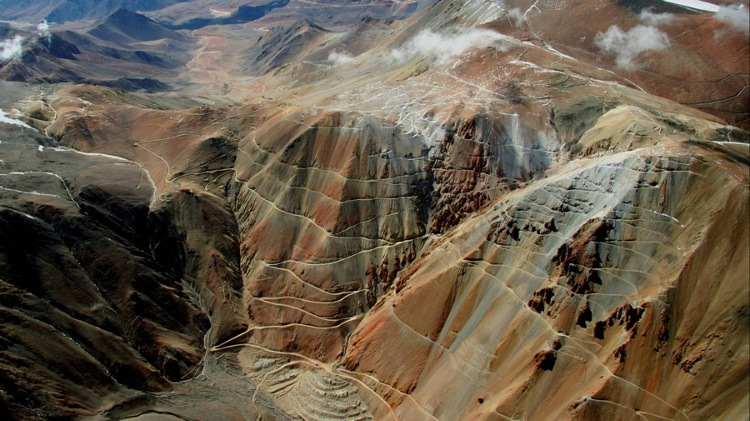A prolific mine developer, the discoverer of three critical gold deposits, and the long unrecognized fifth member of the “Klondike Discoverers” are among the Canadian Mining Hall of Fame’s (CMHF) 2019 inductees.
The CMHF, which recognizes the industry’s outstanding achievers, added Kate Carmack, James M. Franklin, James W. Gill, Sandy Laird and Brian Meikle to its ranks.
“Whether it was through historic discovery, ground-breaking research or delivering significant value to shareholders, each of these individuals made a profound impact on Canada’s mining industry and helped to shape it into the global leader it is today,” Canadian Mining Hall of Fame Chair Jon Baird said in a statement.
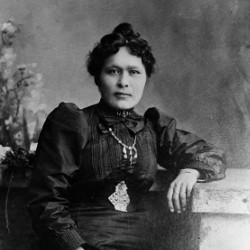 |
|
Shaaw Tláa, known as Kate Carmack. Courtesy of the Canadian Mining Hall of Fame
|
Shaaw Tláa, a Tagish First Nation woman who took the name Kate Carmack when she married American prospector George Washington Carmack in 1887, is the third woman in the Hall’s 30-year history to receive the honour. Carmack was part of the “Klondike Discoverers,” a group made up of her husband, her brother Skookum Jim Mason, her nephew Dawson Charlie, and Canadian prospector Robert Henderson that was credited with the gold discovery that prompted the Klondike gold rush. The four men were named to the CMHF in 1999.
Carmack’s contribution to the discovery have historically been left unmentioned, but Indigenous oral histories say she found the first nugget of gold. She also sewed and marketed mukluks and mittens to fellow prospectors to help support the group’s prospecting work. Carmack died in 1920.
 |
|
James M. Franklin. Courtesy of the Canadian Mining Hall of Fame
|
Franklin spent most of his 35-year career as a geoscientist with the Geological Survey of Canada (GSC) studying the Canadian Shield’s history and mineral wealth. He is best known for his contributions to the geological understanding of volcanogenic massive sulfides, and his part in discovering modern massive-sulfide deposits on the mid-ocean ridges off Canada’s west coast while he was director of GSC’s Seafloor Minerals Program. He also established the “Bacon and Eggheads” forum while he was GSC’s chief scientist to help explain the importance of science to Canada’s economy to the federal government.
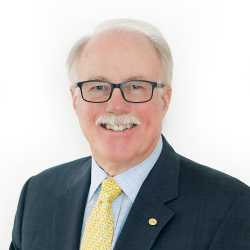 |
|
James W. Gill. Courtesy of the Canadian Mining Hall of Fame
|
Gill founded Aur Resources in 1981 with $250,000 in seed funding and a large piece of land in the Val d’Or mining camp. The company made its Louvicourt copper-zinc discovery – at the time Canada’s largest base metals find since Kidd Creek – in 1989, and Gill’s guiding hand helped turn the deposit into a significant operation. Gill acquired and developed mines across the country and negotiated Aur’s $4.1-billion sale to Teck Resources in 2007.
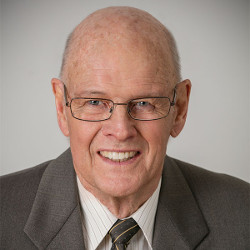 |
|
Sandy Laird. Courtesy of the Canadian Mining Hall of Fame
|
Laird spent 39 years with Placer Dome and Placer Development as a project developer with an enviable track record, turning at least 15 mineral deposits into profitable mines. He led the company’s project development group from 1988 to 1995, and later moved on to managing Placer Dome’s global operating and development subsidiaries. Laird is credited with being a key player in making Placer one of the world’s great mining companies before Barrick Gold acquired it.
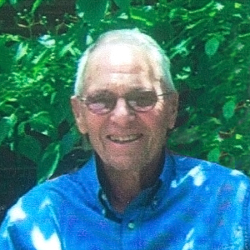 |
|
Brian Meikle. Courtesy of the Canadian Mining Hall of Fame
|
Meikle, who passed away in 2016, contributed to discovering and developing three major gold mines that helped to turn Barrick into a major industry player – Camflo in Quebec in the 1960s, the Mercur mine in Utah in the early 1980s, and Goldstrike in Nevada in 1986. Goldstrike eventually grew to have 60 million ounces of gold reserves and resources in multiple deposits, and made Barrick the world’s biggest gold miner.
